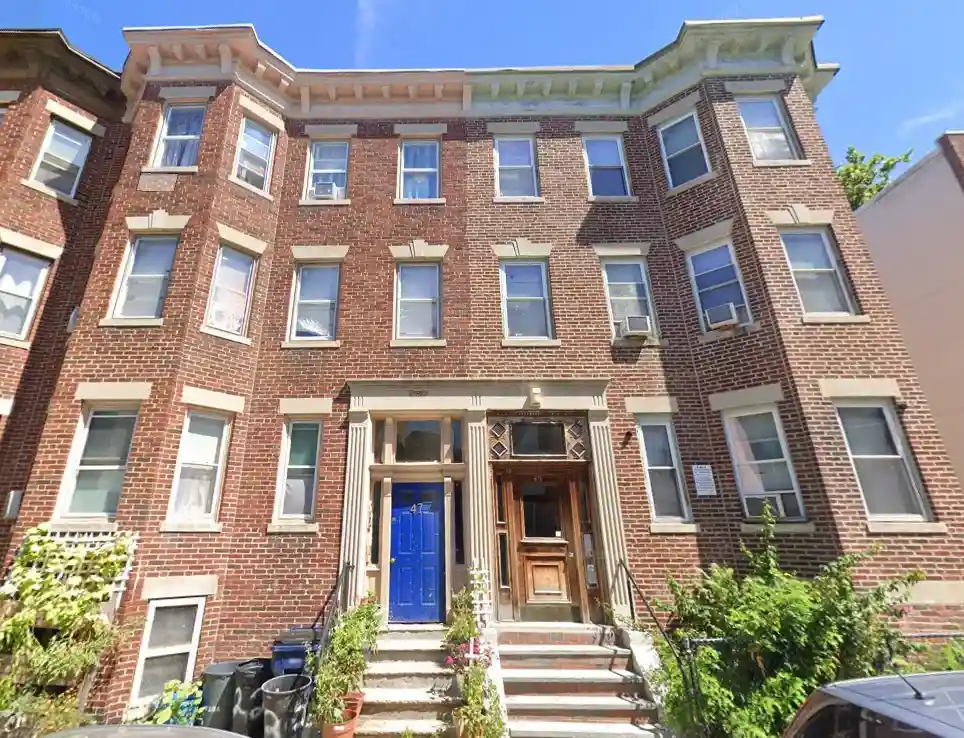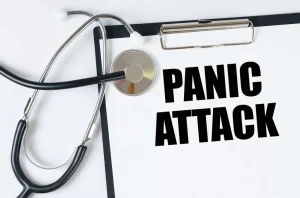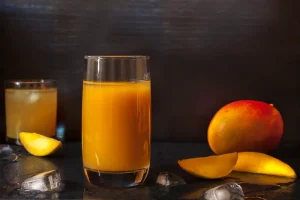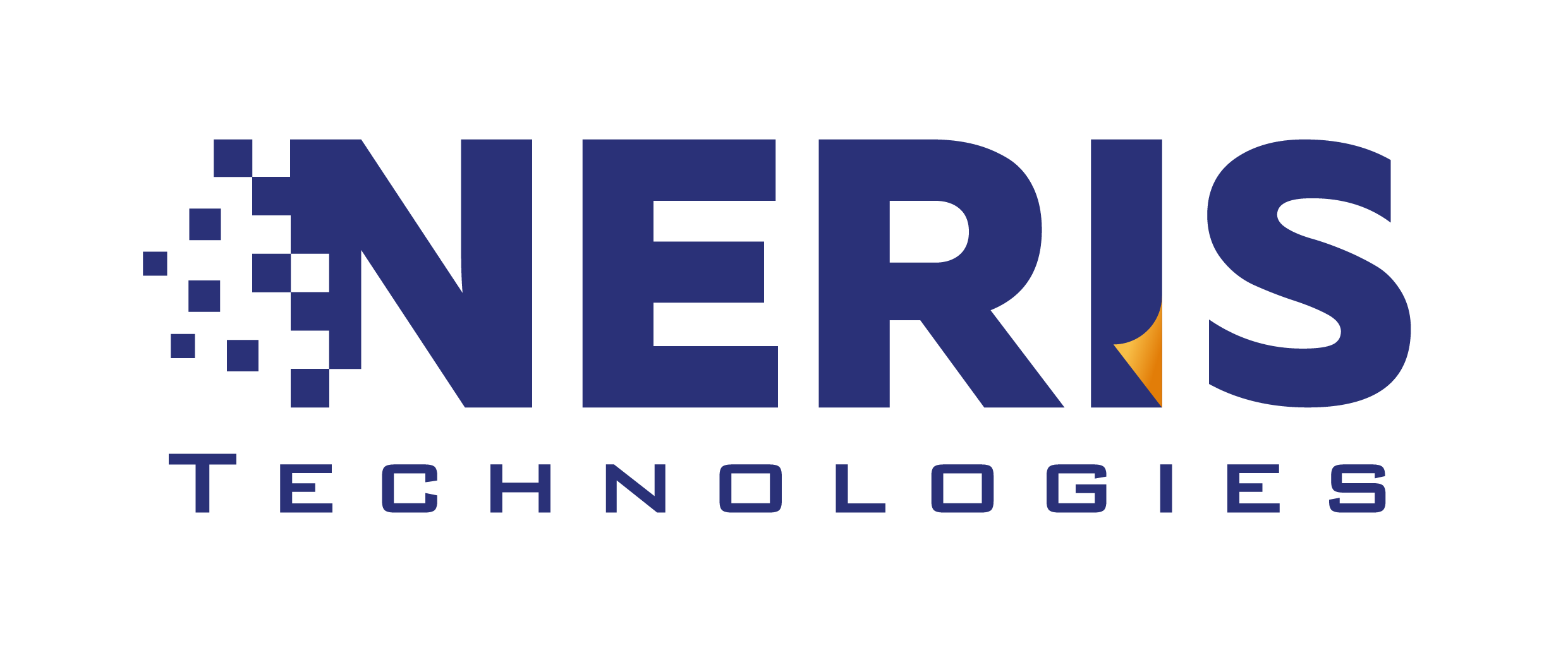How much can the brain recover from years of excessive alcohol consumption?

Scientific American maintains a strict policy of editorial independence in reporting developments in science to our readers. THE ANSWER to the latter part of your question is simply, “No.” Although we have technology that can measure general brain activity, we have no method for assessing or capturing our individual thoughts and dreams. This CME/CE credit opportunity is jointly provided by the Postgraduate Institute for Medicine and NIAAA. Ultimately, Lembke says, this is a universal problem – not one limited to those of us struggling with the disease of addiction – that has come with living in modern life. And to restore our sanity, collectively we must rethink how to navigate a dopamine overloaded world. Our recovery programs are based on decades of research to deliver treatment that really works.
- Impulsivity in the context of particular situations (i.e., state-like) was assessed using the Barratt Impulsiveness Scale.
- We found decreases in tissue water transverse relaxation time (T2) and diffusivity measures selective to the thalamus and no volume changes in dorsal or ventral hippocampi, caudateputamen, or thalamus.
Drugs and reagents
Here we quantified AB toward alcohol and non-drug, reward-conditioned cues and their neural underpinnings after acute dopamine precursor depletion across a broad spectrum of alcohol users. P/T depletion significantly reduced AB across three different tasks, particularly in individuals who reported heavier drinking. P/T depletion altered FC between prefrontal and subcortical brain regions involved in reward processing and motivation, and these alterations predicted changes in AB.
4. Other Neurochemical Systems
Marco Leyton, a professor and addiction researcher at McGill University’s Department of Psychiatry, said in a 2013 press release that participants more at risk for developing alcoholism had “an unusually large brain dopamine response” when they took a drink. A small study by researchers at Columbia University revealed that the dopamine produced during drinking is concentrated in the brain’s reward center. The study further found that men exhibit a greater release of dopamine when they drink than women. Dopamine also activates memory circuits in other parts of the brain that remember this pleasant experience and leave you thirsting for more. But over time, alcohol can cause dopamine levels to plummet, leaving you feeling miserable and desiring more alcohol to feel better.
How Dopamine Is Affected by Drug Use

Preparing and anticipating questions will help you make the most of your appointment time. Many people with alcohol problems and their family members find that participating in support groups is an essential part of coping with the disease, preventing or dealing with relapses, and staying sober. A chemical substance that binds to and blocks the activation of certain receptors on cells, preventing a biological response. The following sections provide more detail about each of the three stages—binge/intoxication, withdrawal/negative affect, and preoccupation/anticipation—and the neurobiological processes underlying them.
Health Categories to Explore
- 5Aminomethyl propionic acid, or AMPA, is a chemical that specifically activates this glutamate-receptor subtype.
- Specifically, we demonstrated that CIE reduced the levels of progenitors actively dividing in the S phase of the cell cycle.
- Cannabinoids such as delta-9-tetrahydrocannabinol (THC), the primary psychoactive component of marijuana, target the brain’s internal or endogenous cannabinoid system.
- Thus, the GR system appears to also be involved in the development of alcohol dependence, possibly by driving the extrahypothalamic CRF system.
These effects are found to be reversible following 28 days of abstinence and so can be viewed as a target to aid withdrawal [152]. Researchers are also investigating whether drugs that normalize dopamine levels in the brain might be effective for reducing alcohol cravings and treating alcoholism. Dopamine is just one of the many neurotransmitters involved in the brain’s reward circuit, which is a combination of structures and chemicals that control and regulate our ability to experience pleasure. When it comes to drug use, an excessive amount of dopamine is released throughout the body, which the conscious brain identifies as contentment and euphoria. Barbiturates and benzodiazepines Much less is known about self-administered doses of barbiturates or benzodiazepines.
It should also be noted that our study is the first to examine long-term alcohol effects on dopamine release in the putamen of NHPs and to demonstrate that acetylcholine driven dopamine release is conserved across rodent and NHP species. We have focused on acute and chronic alcohol effects on synaptic transmission and plasticity in the dorsal striatum, using both mouse and macaque monkey models. Our findings indicate that acute alcohol exposure has differential effects on GABAergic synaptic transmission in different striatal https://ecosoberhouse.com/ subregions that control goal-directed versus habitual behavior. Acute alcohol exposure potentiates GABAergic transmission via an apparent presynaptic mechanism in the dorsomedial striatum, a part of the associative cortical-basal ganglia circuit that controls goal directed behavior (Wilcox et al., 2014). In contrast alcohol produces presynaptic inhibition of GABAergic transmission in the dorsolateral striatum which is part of the sensorimotor cortical-basal ganglia circuit that controls “habitual” behaviors.

It is noteworthy that the ACC and FIC––the prefrontal brain regions for which increased FC following P/T depletion mediated AB in this study––are major hubs of the salience network that is involved in conditioning and assigning incentive salience to drugs and drug-related cues [112]. The FIC specifically facilitates access to attention and working memory resources when a salient event is detected and regulates how does alcohol affect dopamine reactivity to salient stimuli [113, 114]. Our findings support prior work indicating the importance of dopaminergic signaling in salience network FC [101, 115], and supporting a potentially key role for this functional network in AB [116]. Given the limitations of current non-invasive human neuroimaging methods, rodent studies have been instrumental in probing the neural circuits of behavior.

- Each of those consequences can cause turmoil that can negatively affect your long-term emotional health.
- (VTA), dopaminergic projections extend through the striatum and prefrontal regions of the brain.
- D2 receptors bind with inhibitory G protein and thus reduce the production of AC and resulting cAMP.






